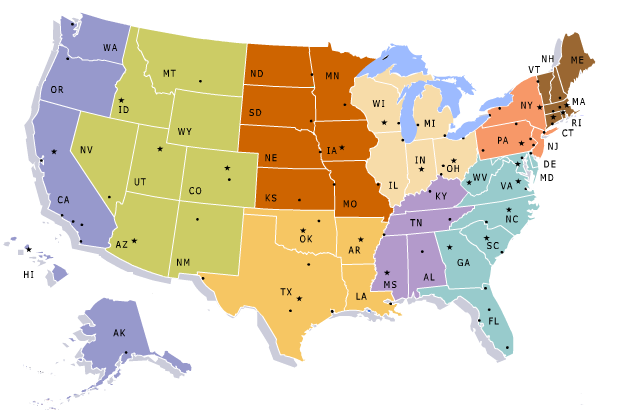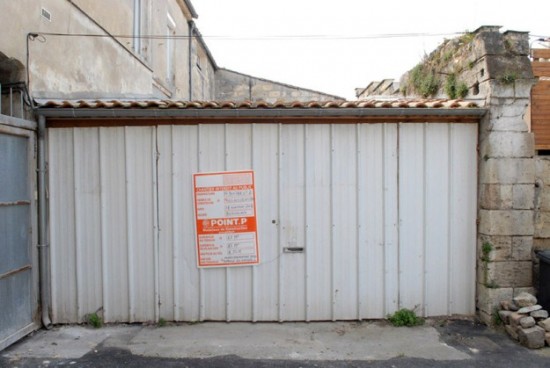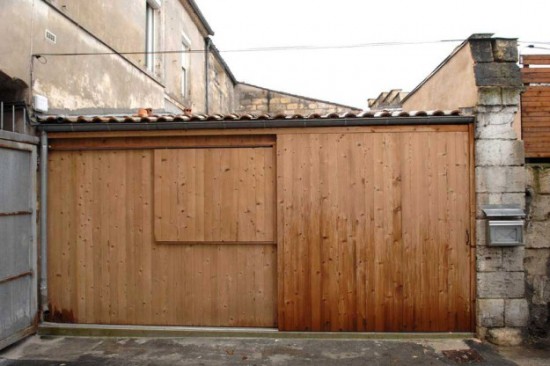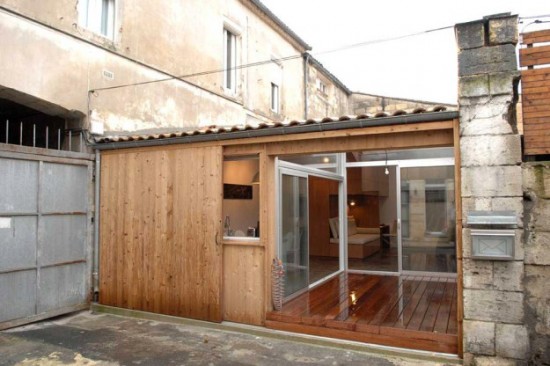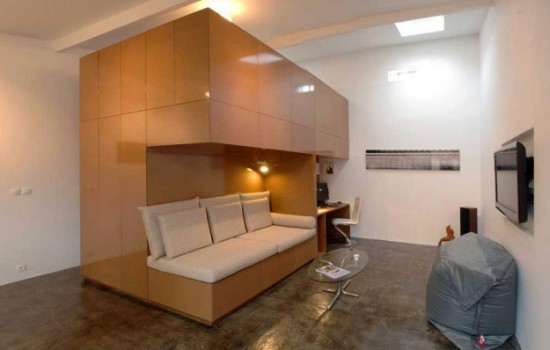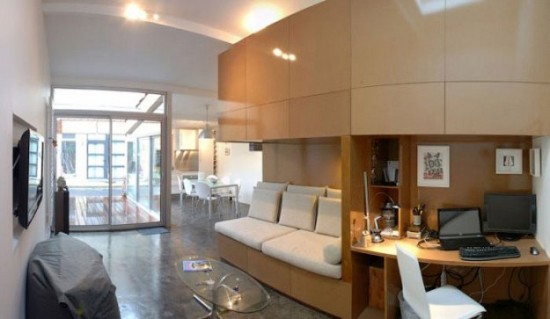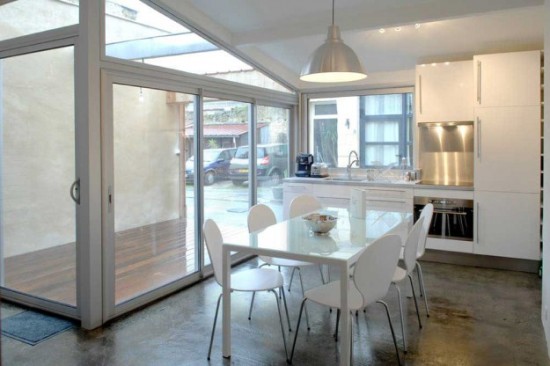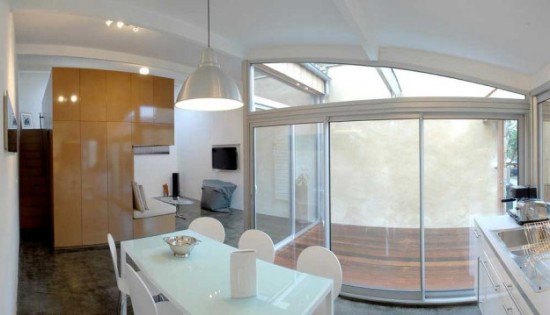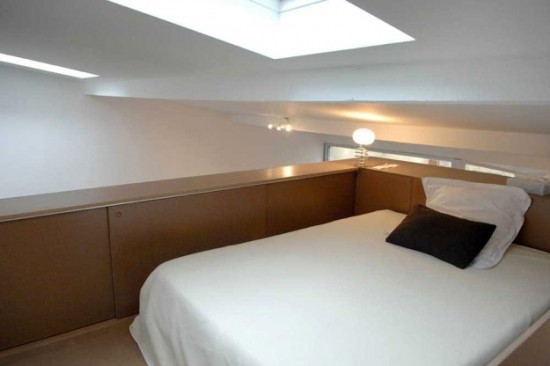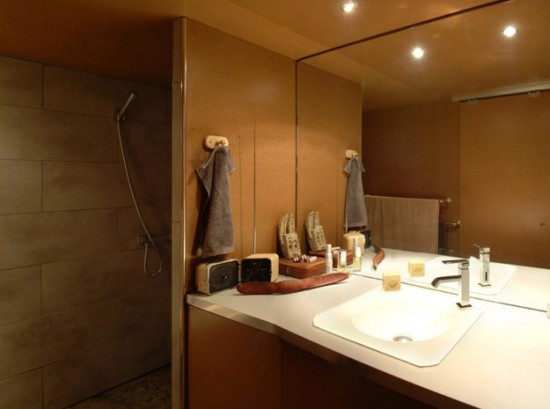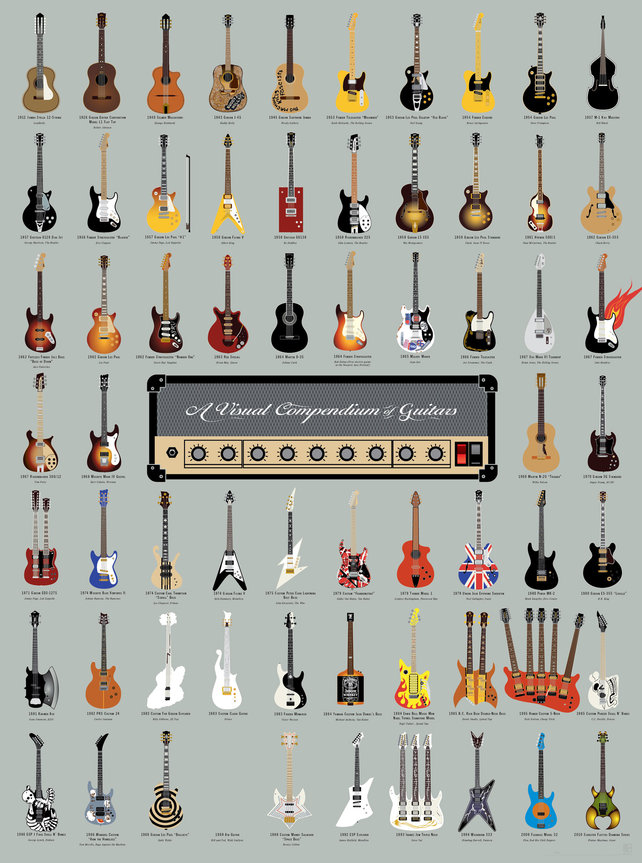Click on map to select region
Home owners looking for the most return on their investment when it comes to remodeling should consider exterior replacement projects. According to the 2013 Remodeling Cost vs. Value Report, REALTORS® rated exterior projects among the most valuable home improvement projects.
“REALTORS® know that curb appeal projects offer great bang for your buck, because a home’s exterior is the first thing potential buyers see,” said National Association of REALTORS® President Gary Thomas, broker-owner of Evergreen Realty, in Villa Park, Calif. “Projects such as siding, window and door replacements can recoup more than 70 percent of their cost at resale. REALTORS® know what home features are important to buyers in your area and can provide helpful insights when considering remodeling projects.”
According to the Cost vs. Value Report, REALTORS® judged a steel entry door replacement as the project expected to return the most money, with an estimated 85.6 percent of costs recouped upon resale. The steel entry door replacement is the least expensive project in the report, costing little more than $1,100 on average. A majority of the top 10 most cost-effective projects nationally in terms of value recouped are exterior replacement projects; all of these are estimated to recoup more than 71 percent of costs.
Three different siding replacement projects landed in the top 10, including fiber cement siding, expected to return 79.3 percent of costs, vinyl siding, expected to return 72.9 percent of costs, and foam backed vinyl, expected to return 71.8 percent of costs. Two additional door replacements were also among the top exterior replacement projects. The midrange and upscale garage door replacement were both expected to return more than 75 percent of costs.
According to the report, two interior remodeling projects in particular can recoup substantial value at resale. A minor kitchen remodel is ranked fifth and is expected to return 75.4 percent of costs. Nationally, the average cost for the project is just under $19,000.
The second interior remodeling project in the top 10 is the attic bedroom, which landed at number eight and tied with the vinyl siding replacement with 72.9 percent of costs recouped. With an average national cost of just under $48,000, the attic project adds a bedroom and bathroom within a home’s existing footprint. The improvement project projected to return the least is the home office remodel, estimated to recoup less than 44 percent.
The 2013 Remodeling Cost vs. Value Report compares construction costs with resale values for 35 midrange and upscale remodeling projects comprising additions, remodels and replacements in 81 markets across the country. Data is grouped in nine U.S. regions, following the divisions established by the U.S. Census Bureau. This is the 15th consecutive year that the report, which is produced by Remodeling magazine publisher Hanley Wood, LLC, was completed in cooperation with NAR and REALTOR® Magazine.
REALTORS® provided their insights into local markets and buyer home preferences within those markets. The 2013 national average cost-to-value ratio rose to 60.6 percent, ending a six-year decline. The ratio represents nearly a three-point improvement over 2011-2012. Lower construction costs are the principal factor in the upturn, especially when measured against stabilizing house values. In addition, the cost-to-value ratio improved nationally for every project in this year’s report and is higher than it was two years ago for both remodeling and replacement projects.
“A REALTOR® is the best resource for helping home owners decide what improvement projects will provide the most upon resale in their market,” said Thomas. “Each neighborhood is different, and the desirability and resale value of a particular remodeling project varies depending on where you live. When making a home remodeling decision, resale value is just one factor that home owners should take into consideration. Consult a REALTOR® to make sure you are making the best decision.”
Most regions followed the national trends; however the Pacific region, consisting of Alaska, California, Hawaii, Oregon and Washington, once again led the nation with an average cost-value ratio of 71.2 percent, due mainly to strong resale values. The next best performing regions were West South Central, South Atlantic, and East South Central. These regions attribute their high ranking to construction costs that were lowest in the country. While still remaining below the national average, most remaining regions showed strong improvement over last year. These are Mountain, New England, East North Central, Middle Atlantic, and West North Central.
Results of the report are summarized on NAR’s consumer Web site HouseLogic.com, which provides information on dozens of remodeling projects, from kitchens and baths to siding replacements, including the recouped value of the project based on a national average.
To read the full project descriptions and access national and regional project data, visitwww.costvsvalue.com. “Cost vs. Value” is a registered trademark of Hanley Wood, LLC.
